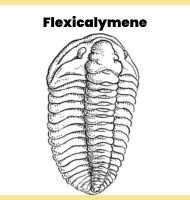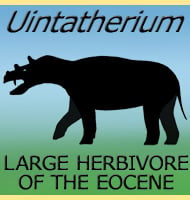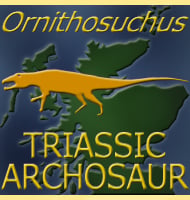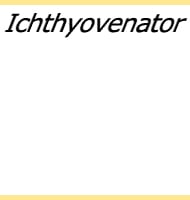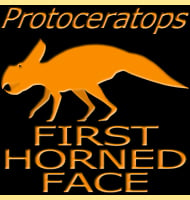In Depth
Although not a very well-known prehistoric ape, Khoratpithecus has been regarded as being intermediate in form between Sivapithecus and the modern day genus Pongo, better known as the orangutan. For this reason there has been suggestion that Khoratpithecus might actually be the direct ancestor of orangutans.
The species Khoratpithecus chiangmuanensis was established from fossil remains that were previously assigned to Lufengpithecus, itself considered to be closely related to Sivapithecus.
Further Reading
Further reading- A new orang-utan relative from the Late Miocene of Thailand. – Nature 427:439-441. – Y. Chaimanee, V. Suteethorn, P. Jintasakul, C. Vidthayanon, B. Marandat & J.-J. Jaeger – 2004.- First Hominoid from the Late Miocene of the Irrawaddy Formation (Myanmar). PLoS One 6(4):1-14. – J.-J. Jaeger, A. N. Soe, O. Chavasseau, P. Coster, E.-G. Emonet, F. Guy, R. Lebrun, A. A. Maung, H. Shwe, S. T. Tun, K. L. Oo, M. Rugbumrung, H. Bocherens, M. Benammi, K. Chaivanich, P. Tafforeau & Y. Chaimanee – 2011

